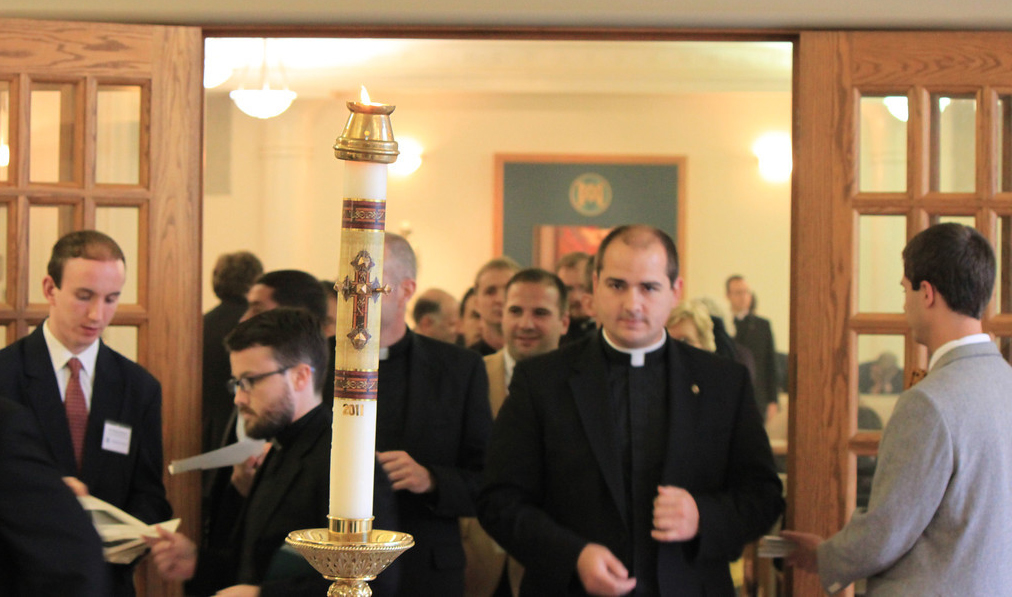How—and Why—We Got Our Start

In the 1630s, the Church in France was in disarray. Parish priests were poorly prepared for their ministry, and most of the hierarchy, drawn from the aristocracy, was supported by endowments associated with large land holdings.
Fr. Jean-Jacques Olier wanted to reform the clergy, and eventually the Church in France, by providing sound formation for priests. As a result, Fr. Olier established a small seminary outside Paris in 1641. After being named pastor of the Church of St. Sulpice in Paris, he moved the seminary to the parish and invited several other priests to join him—and "The Society of the Priests of the Seminary of St. Sulpice” was established.
In doing this, Fr. Olier developed a new model of seminary, one that started with men from different places whose vocations had already been discerned, rather than local adolescents. Adult candidates from bishops throughout France came to St. Sulpice, where they were formed to go on to priestly service in their home dioceses.
The proposal to establish a foundation in the United States was made in 1790 by the Superior General of the Sulpicians, Rev. Jacques-André Emery, PSS, (1732-1811) to Bishop John Carroll of Baltimore (1735-1815). At that time, there were fewer than 35 priests ministering to a Catholic population of over 30,000. In the spring of 1791, the founding band of Sulpicians departed for the United States where they established the country’s first Roman Catholic seminary in Baltimore. The Seminary of St. Sulpice, later renamed St. Mary’s Seminary & University, opened on October 3, 1791.
Today, Father Olier’s mission—to form priests with a zeal for evangelization and a love for pastoral service—continues in the ministries provided by the Society of St. Sulpice, U.S. Province.
Did You Know?
Fr. Jean-Jacques Olier, born to a wealthy family in 1608, was a well-educated young man whose miraculous cure from deteriorating eyesight pointed him away from the ranks of the aristocratic clergy and toward priestly service to God and the poor. His interactions with Church luminaries like St. Vincent de Paul, Charles de Condren, and Mother Agnes of Jesus. (St. Agnes of Langeac) drew him into the center of a movement for spiritual renewal and religious reform in France.
